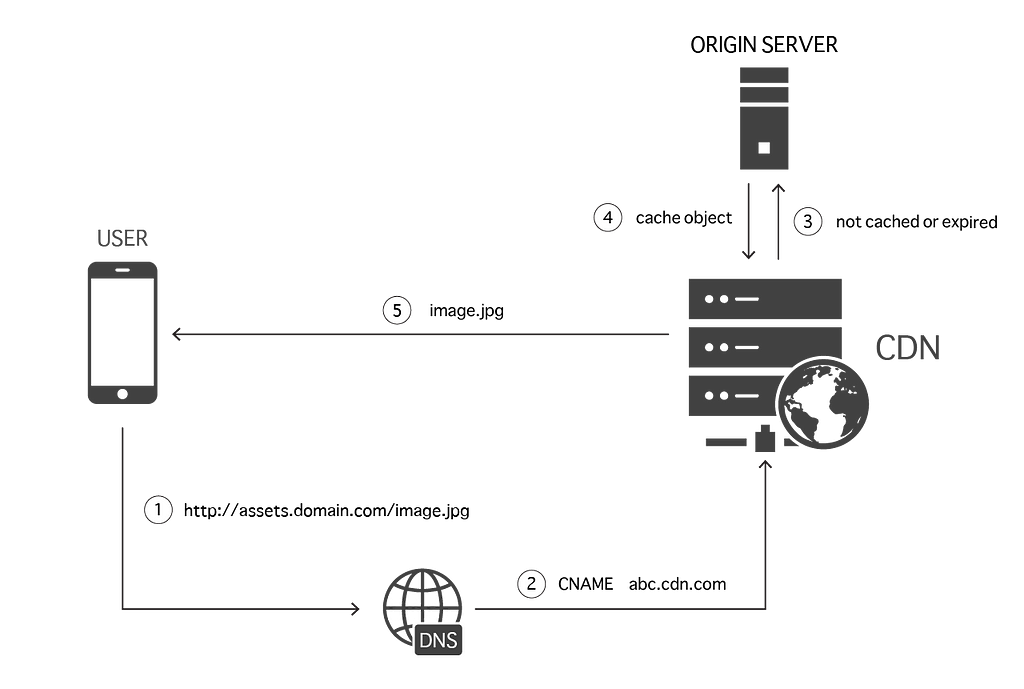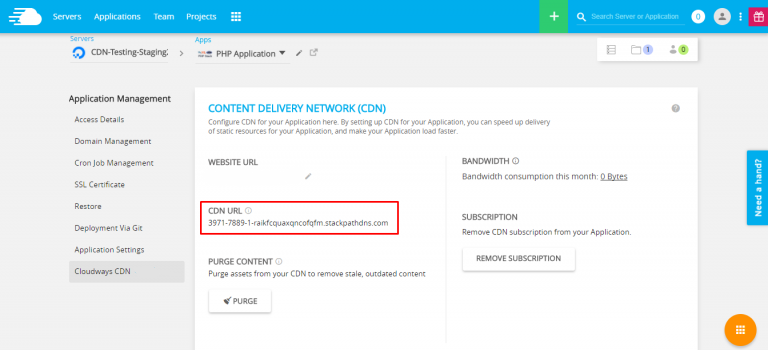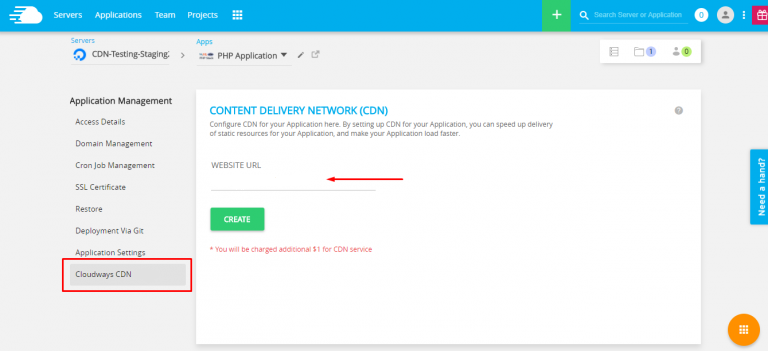Integrate CloudwaysCDN with Laravel
A Content Delivery Network (CDN) is a game plan of go-between workers facilitated at worker ranches found everywhere on the web. The objective of a CDN is to convey content as quick as conceivable paying little heed to the area of the worker facilitating the site. In specialized terms, CDN conveys web reserving, load adjusting, and demand steering to guarantee quick page load speed.

CDN How Adds Value to Your Business
Despite the idea of your business, CDN increases the value of your site. On the off chance that you are into administrations delivery, a CDN guarantees quicker delivery of your administrations to the customers. Additionally, in the event that you are an item or a stage, a CDN permits all guests and clients make the most of your item without encountering slack.
In all cases, a CDN is a significant expansion to the site and business measures. The high page load speed that a CDN conveys guarantees that the guests can get to your administrations and item contributions quicker (regularly bringing about more changes).
A CDN works by putting away a duplicate of the site’s static content and serving it to the customers. This implies that the solicitation from the customer is satisfied not by the first worker but rather by the nearest CDN worker. This outcomes in quick page load speed as the information is served from the closests CDN server.
To work with the clients, Cloudways has dispatched CloudwaysCDN to ensure that all Laravel applications could guarantee an extraordinary UX for the clients. In this article, I will show you that it is so natural to incorporate Cloudways CDN with your Laravel applications.
With the end goal of this article, I expect that you have a Laravel application sent on a Cloudways oversaw Laravel web facilitating. On the off chance that that isn’t the situation with you, I emphatically ask you to check Cloudways out. Simply pursue a path and afterward follow the accompanying GIF for worker and application arrangement.
CDN Request Flow
Here’s how a CDN works with your website. The URL of all static assets on your website is replaced with a CDN URL. For instance: http://mywebsite.com/img/logo.png becomes http://cdn.myprovider.com/img/logo.png. In this context, the file logo.png will be served from the CDN server, rather than the original server hosting the file.

There are two ways a CDN brings in data from your website into its network. The first way is the manual method in which the records are transferred manually. In the second method, the content is brought in automatically. In both these methods, the CDN continues to point to the website assets until the linking is changed. In such cases, CDN generally takes care of the refreshing the link.
I will begin with demonstrating the simple process of enabling CloudwaysCDN for your Laravel applications.
Activate CloudwaysCDN for the Laravel Application
Start by tapping the CloudwaysCDN choice accessible toward the finish of the Application The board alternatives. In the screen that opens, When you click the tab, you will see the CDN arrangement screen. Here you will discover the URL of the application to be embedded in the Site URL field and snap the Create button.

Next, you will get the newly generated URL for the Laravel application:

Few things to note here:
- You can view the bandwidth usage on this screen.
- You can purge old content from the CDN cache using the Purge button.
- You can remove your subscription anytime
Integrate CloudwaysCDN with Laravel Application
Create the ./app/helpers.php file and update the ./composer.json as follow
“autoload”: {
“classmap”: [
…
],
…
“files”: [
“app/helpers.php”
]
},
To complete Laravel CDN, make an overall limit which will be used all through the application. For this, incorporate a helpers.php record in the application envelope. Spot the going with code in the record.Execute the order writer dump-autoload to dump the autoloader at that point add the accompanying code to your ./app/helpers.php.
// global CDN link helper function
function cdn( $asset ){
// Verify if KeyCDN URLs are present in the config file
if( !Config::get(‘app.cdn’) )
return asset( $asset );
// Get file name incl extension and CDN URLs
$cdns = Config::get(‘app.cdn’);
$assetName = basename( $asset );
// Remove query string
$assetName = explode(“?”, $assetName);
$assetName = $assetName[0];
// Select the CDN URL based on the extension
foreach( $cdns as $cdn => $types ) {
if( preg_match(‘/^.*.(‘ . $types . ‘)$/i’, $assetName) )
return cdnPath($cdn, $asset);
}
// In case of no match use the last in the array
end($cdns);
return cdnPath( key( $cdns ) , $asset);
}
function cdnPath($cdn, $asset) {
return “//” . rtrim($cdn, “/”) . “/” . ltrim( $asset, “/”);
}
The standard asset() function will be called if no CDN URLs are defined in the ./config/app.php config file.
Set URL
Now, open app/config/app.php or the config file for your environment. Add your CDN domain into the app.php, just like the below example:
‘cdn’ => [
“77728–356013-raikfcquaxqncofqfm.stackpathdns.com” => “css|js|eot|woff|ttf,jpg|jpeg|png|gif|svg”
],
That’s it. Everything is setup. Simply replace the asset() function in the views with the new cdn() function. For example, I have used the following code to link the bootstrap.css file
Replace all the asset() functions with cdn() in your files and improve the performance of your application dramatically.
Conclusion
The key ideas to setup a CDN that is configurable and viable are:
- Utilize a worldwide variable to effectively get to the URL of your CDN
- Prefix the URLs of your static assets with the CDN variable
- Utilize setup records to characterize the CDN variable
- Set your CDN to get assets from an inception server
- Negate your assets by placing them into a formed registry
- Satire the formed registry by utilizing a URL Rewrite
- Keep up a rendition number inside a config record
Having CDN offers your application stack to obtain different benefits as far as execution and worker loads. A CDN empowers you to store specific records/chronicles that don’t change habitually and even reports that change each once in while. This will decrease the IO exercises that you application worker needs to manage and moreover reduce the exchange speed used. For customers that implies better execution.
Cloudways have joined forces with StackPath (previously known as MaxCDN), and gives 1-Snap initiation to the CloudwaysCDN. Note that, for a solitary site, the month to month membership costs $1 per 25GB of transmission capacity.